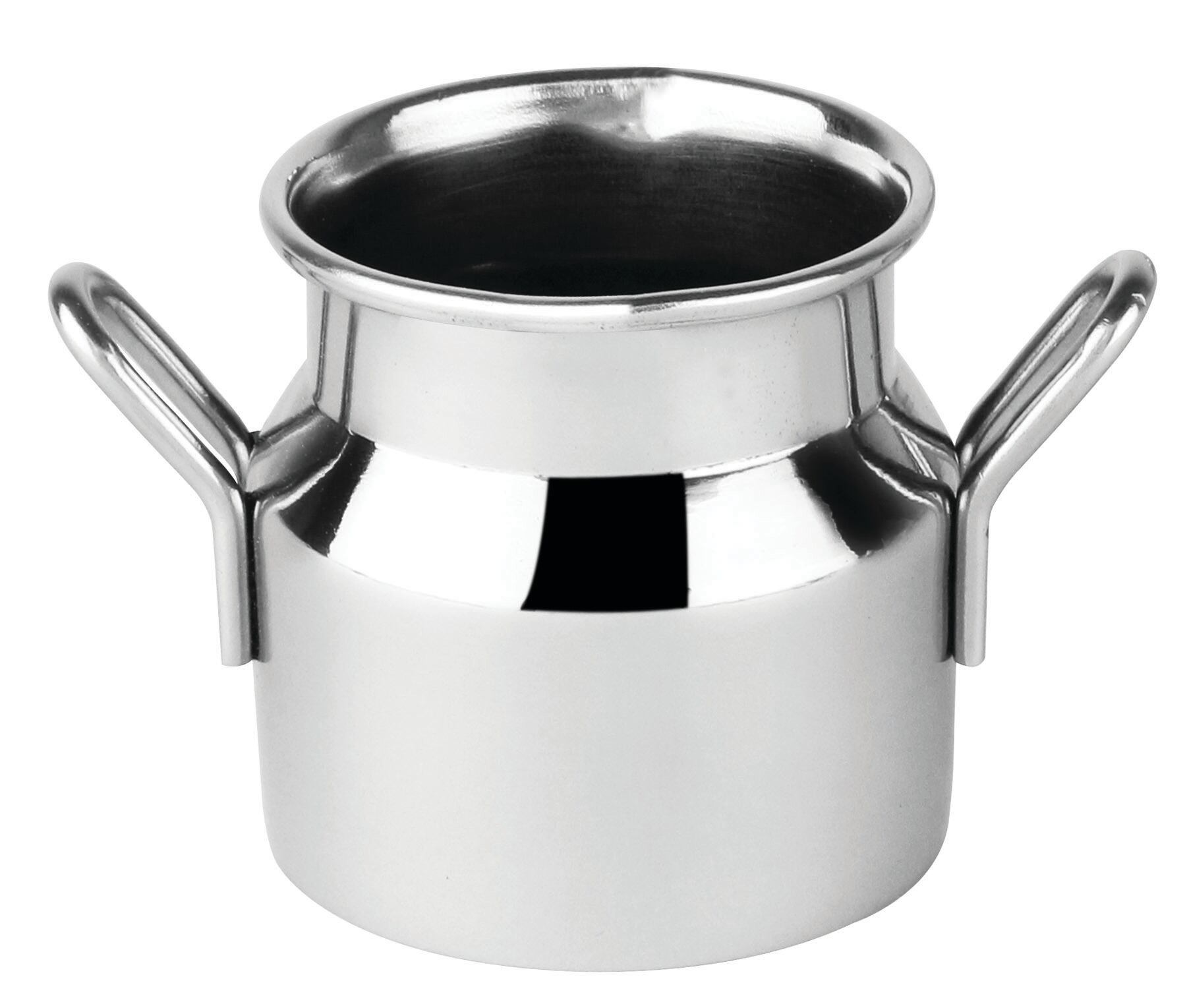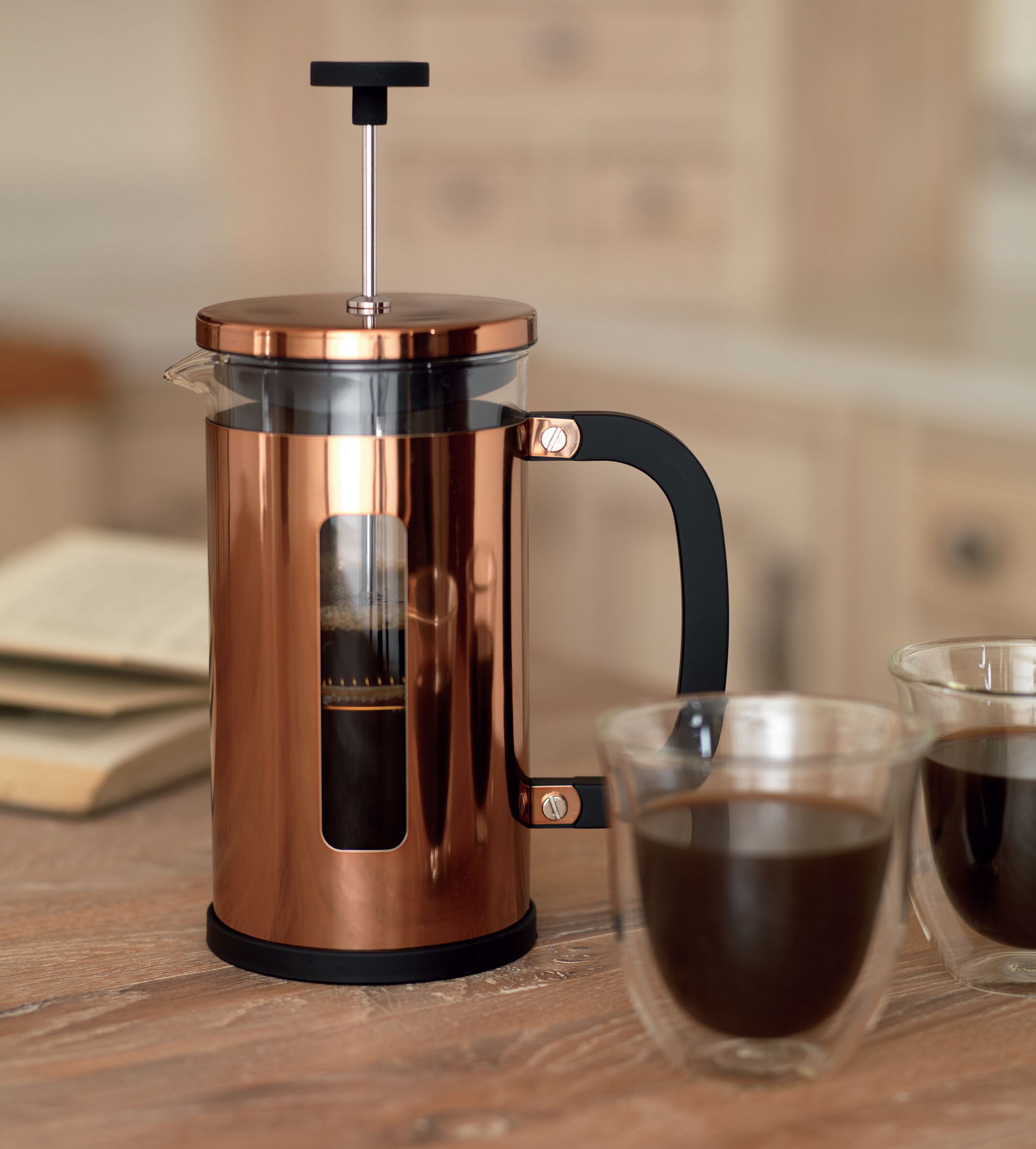It’s just beans and milk, right?
Before getting technical, it’s important to broaden your understanding of the core ingredients used in coffee.
It’s no secret that we are a nation of coffee lovers, with the UK coffee shop market having an estimated turnover of £7.9bn in 2015 (Source: Project Café 2016, Allegra).
Tap into coffee cocktails
However, despite strong competition from a seemingly endless number of newly opened coffee outlets, growth in the non-specialist segment of the coffee market, including pubs, has increased by 31% since 2013 – almost double that of branded coffee shops (18%), demonstrating an opportunity for licensees to take advantage of growth in the category by providing a high quality coffee offering.
Ethical sourcing: Consumers are becoming more ethically minded and often see a certification as an indication of quality, according to Andrew Jack, head of

marketing at Matthew Algie.
“Fairtrade, organic and/or Rainforest Alliance-certified coffee is well received by an increasingly ethically motivated consumer. Operators should consider this when choosing their coffee supplier,” he adds.
Suitability: Heather Beattie, brand manager for catering equipment supplier Nisbets, advises that choosing the correct range of coffee beans is also important.
“Different coffee beans are better suited to different types of coffee and the importance of getting this right can’t be overstated,” she says.
Nisbets’ Canteen coffee range has made this process easier for pub operators by offering a variety of choices particularly suited to specific coffees – from the Medium Dark Arabica (CK417, CK941) which is suited to premium espressos and shorter cups of coffee, to the mixed Arabica and Robusta blend (CK416, CK940) which is ideal for those serving larger cups of milk-based coffee drinks such as cappuccinos or lattes.
Milk: While the quality of the coffee plays a huge part in the overall taste, the milk used is also an important aspect – and one often overlooked, argues Rachel’s Organic brand manager, Solene Couvreur.
“Many caterers will highlight that their coffee beans are organic and Fairtrade, but then mix it with normal milk,” she explains. Independent research commissioned by Rachel’s revealed that more than half of frequent purchasers would prefer their regular coffee provider to use organic milk, with 80% of people thinking operators should tell their customers that they use organic milk in the same way as they highlight the use of fair trade products.
Equipment for beginners
Starting a new drinks offer can be daunting for any business. Learn about what’s available and decide whether it will benefit or hinder your business.
Coffee beginners must remember Phil Smith’s, head of category and insight at coffee machine supplier UCC Coffee UK and Ireland, biggest rule: “What’s most important is to not overcomplicate your coffee. It’s all about doing the basics well.”
For the would-be barista, there is a plethora of coffee-making equipment available – from larger, more expensive machines through to more compact and cheaper options. Budget, space and type of outlet will all play a part in deciding what to buy.
Bean-to-cup machines: According to Smith, bean-to-cup machines “often prove the best solution, with their ability to produce beverages of a consistently high quality.” This view is shared by Nick Attfield, licensee of Adnams’ tenancy the Bell Inn in Walberswick, Suffolk, who opened the Barn Café in the grounds of the pub in 2012.
Attfield advises: “I would use bean-to-cup machines in very busy operations, unless you can afford an almost full-time barista. They are expensive, but offer consistency and allow staff to get on with making other drinks whilst the coffee ‘makes itself’.”
A WMF bean-to-cup machine is used in the pub to ensure consistency of product from the many servers who use it, with a traditional barista machine, operated by more experienced staff, used in the café.
Roger Heap, managing director at Jura UK, advises operators that they need to understa

nd their average daily usage to make the correct choice of machine.
“The JURA WE8 is perfect for a boutique offering because it’s capable of producing around 35 speciality coffees per day. However, for larger venues, the GIGA X3 would be suitable – producing up to 200 cups per day. This helps manage the expected lifetime of a machine” he adds.
Cafetieres: For small operators, the Bell’s Attfield believes cafetieres are still an excellent option, with the pub often using them for functions and events.
Henry Stephenson, managing director of Stephensons Catering Equipment, agrees cafetieres can offer a cheaper alternative to expensive coffee machines, even enhancing the drinking experience because users can decide the strength of their own coffee.
The company offers a range of cafetieres to suit every style of outlet. The La Cafetiere Pisa range, for example, made from copper, embraces the current trend for rustic, industrial chic. “We expect the copper craze to take off this year as pubs look for quirky ways to serve food and drinks” the MD says.
Rental: For many customers, renting a machine may be more appropriate than purchasing one. Independent coffee roaster Matthew Algie offers a machine rental service that gives operators the freedom to evolve with their business needs.
The service comes with free-of-charge staff training and a repair service, supported by the company’s own field service engineers, which offers a 95% first-time fix and average response time of under four hours.
The experienced coffee operator
Even the best pub barista in the land can stand to improve their offer, but how do you go about doing that?
Presentation: Appealing to today’s discerning consumer is about far more than just the drink itself. It can play a huge part in delivering the most desirable offering and give a point of difference, as well as justifying a more premium price point. Look to serve hot drinks in something beautiful or unusual.
For serving milk and cream in a novel way, the new Olympia Mini Milk Churns from Nisbets add something a little different. The stainless steel churns are available in three different sizes with the small 60ml (CL203) and medium 120ml (CL209) – both are ideal as tea and coffee serving accompaniments.
Professional kit: “For those already serving espresso-based coffee, it’s worth getting expert advice on the equipment you are using and its compatibility with the coffee beans,” says director of the London-based Drury Tea & Coffee, Marco Olmi. “The science of espres

so equipment has come a long way in the past decade and if your machine is ‘over the hill’, it may be time for a change.
“This sort of advice is readily available for free from most local distributors” he adds. “If new equipment is needed, it’s worth getting refresher barista training to ensure that your skills are correct and up to date.”
For pubs looking to make the most of their offering by serving speciality coffee, the Nescafe® Milano 2.0 machine from Nestlé Professional allows operators to serve espresso-quality drinks at the touch of a button.
The new machine features finely ground roasted coffee, delivering a consistent espresso base with a crema and, for layered lattes and frothy cappuccinos, the Nescafe Milano 2.0 Espresso Roast solution offers semi-skimmed and skimmed milk for greater choice and customisation.
Drinks are all delivered by a touch screen, which provides up to 27 variations. Options include double/single shot coffee, with a wide selection of different coffee blends ranging from ‘regular’ to ‘intense’.

Own blends: Advertising the fact you use a specialist or bespoke coffee blend can prove lucrative to operators as a selling point, attracting repeat custom and often justifying a higher price point. Mitchells and Butlers (M&B) recently trialled its own coffee blend across its Ember Inns and Sizzling Pubs sites.
The Brood blend was developed in collaboration with coffee roaster Bewley’s “to match the quality, flavour and price of the best coffees on the high street,” according to the company.
The offer is available as filter or espresso and is made using 100% fully traceable Rainforest Alliance-certified Arabica beans.
Offering a tailored coffee blend has also been a good business decision for Suffolk’s Bell Inn. The pub’s coffee, made by South East Coffee based in Norwich, is offered to in excess of 500 people a day during high season.
When the weather gets hot: One option for coffee operators looking to keep their offer strong during the hot weather is to take a more European approach and readjust the types of hot beverage on offer.
Avoid drinks containing a lot of milk in hot weather and stay away from large mugs, which can put customers off. Consider offering a range of iced or frappe coffees during the summer months, using social media to drive sales.
Pub operators can expand their coffee offering by widening their choice of blends to suit different palates and serving speciality coffees with seasonal flavours.
According to Allegra, sweet syrups are increasingly popular and seasonal flavours are also important for operators looking to add value and run seasonal product promotions (Source: Project Café UK 2015, Allegra).
Matthew Algie’s range of ingredients offers syrup flavours such as passion fruit, coconut and white chocolate and also two new sugar free syrups, in vanilla and hazelnut. All are a great way to add value to a simple latte or cappuccino.
Make customers aware of the range of products on offer by including them in menus, displaying them close to till points and featuring them on PoS materials. Offering samples or presenting limited editions are also effective in encouraging customers to try new coffee blends.
